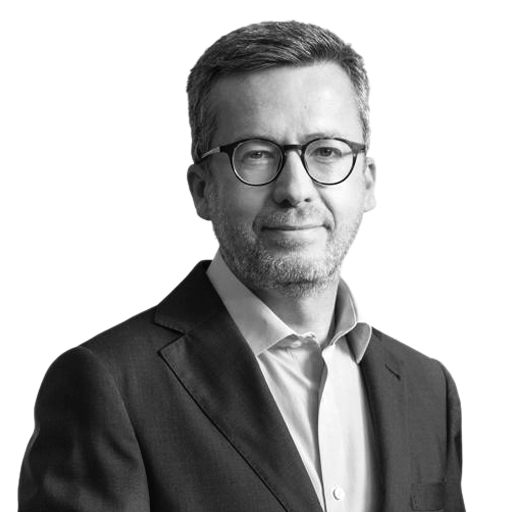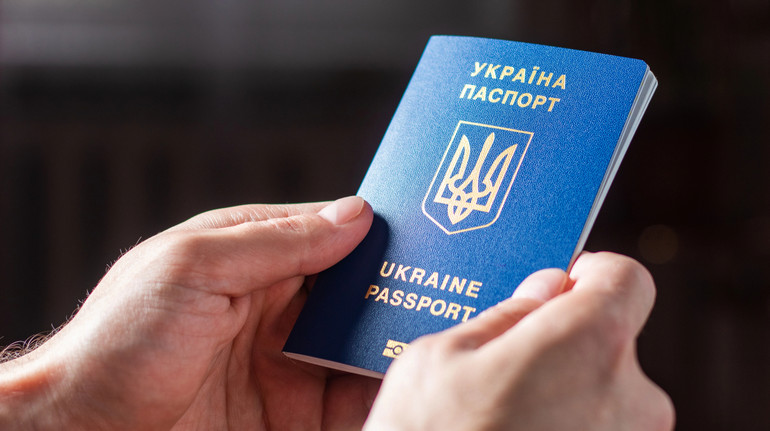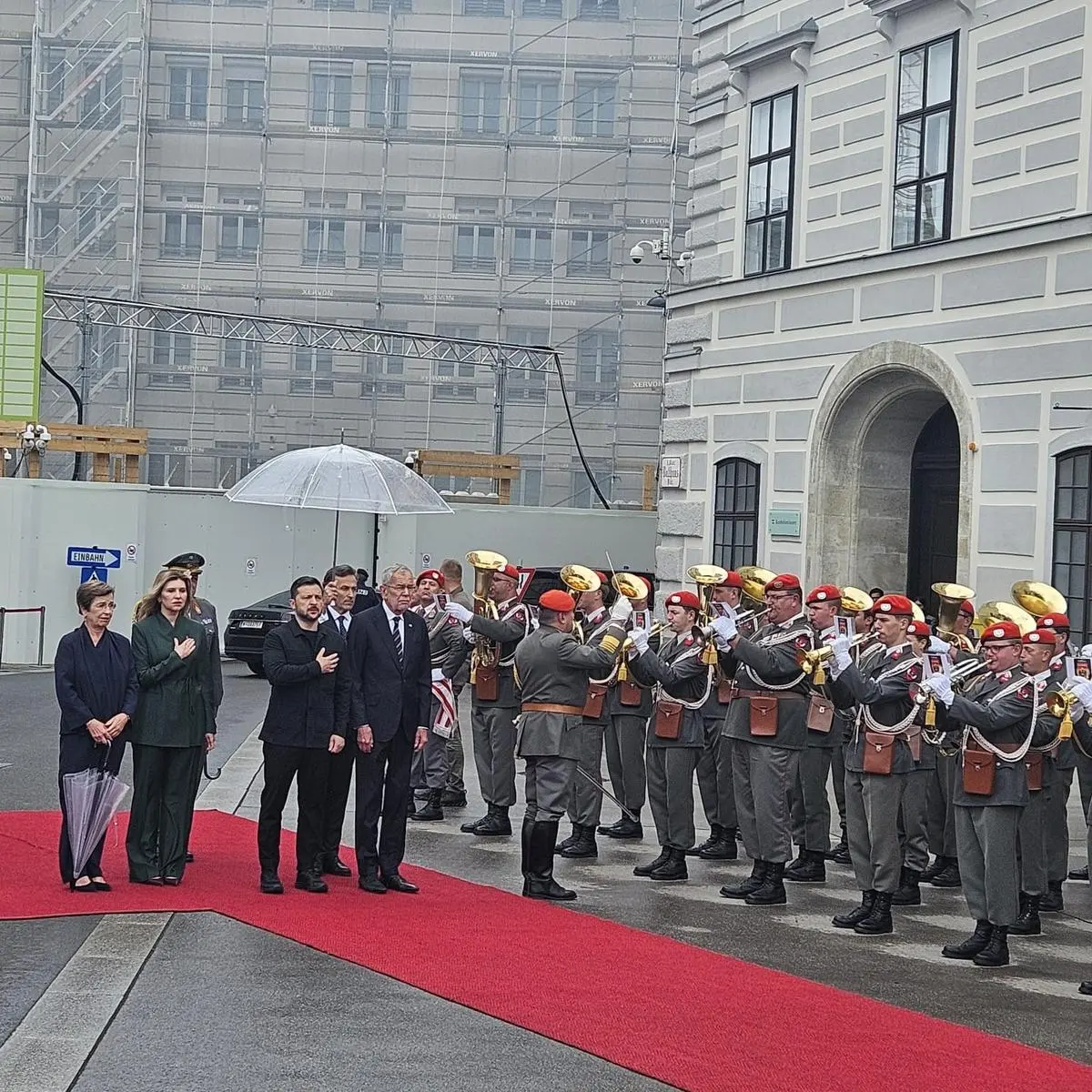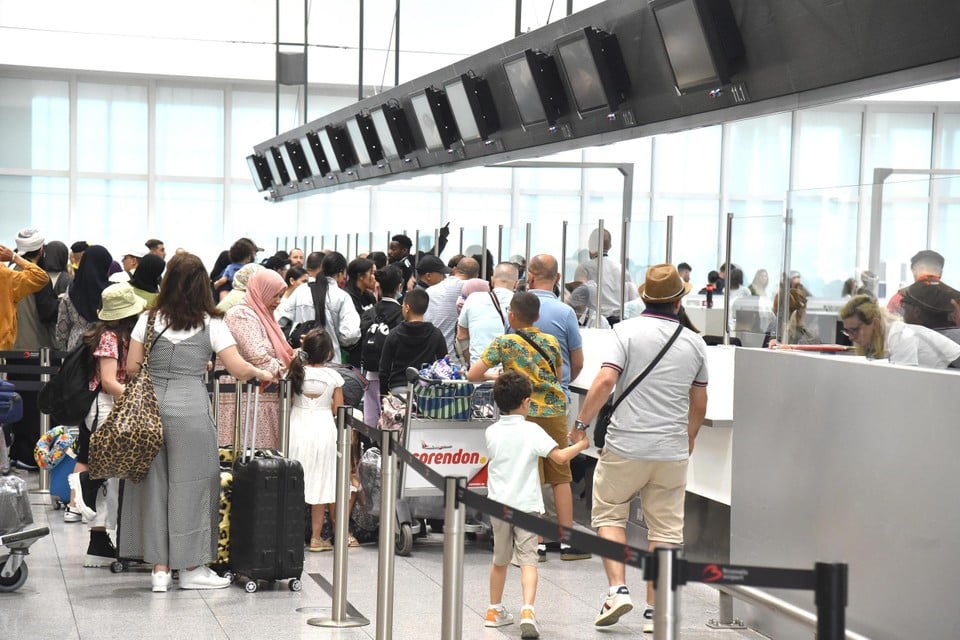Francisco: The Pope of Hope

«Thanks for your resistance. Obliged to the Lisboners ». These were the first words that Pope Francis directed me. It was on April 22, 2023, when we were received at a private audience at the Vatican, a hundred days of starting the World Youth Day (JMJ). He had never been with Pope Francis, but at that moment I felt an unusual connection. It seemed that I already knew me; He seemed to know the difficulties he crossed, after those weeks when the discussion on the stage was mediated and multiplied criticism (which later proved unfounded and unfair…) to JMJ and CML.
That same day, this morning last morning in the long corridors of the Vatican and the Office of the High Pontiff, I discovered a Pope who marked the world so much. I remember perfectly the way the Pope wondered on the organization of JMJ, Lisbon, and the Lisbon, about his difficulties and concerns. Then I realized that I wanted to visit one of our municipal neighborhoods, which turned out to be the neighborhood of Serafina. And I can’t forget the final moment – and it was for posterity – when the Pope thanked the Lisbon in a video recorded on my mobile phone. Thinking I would bother the Pope for being recorded a video, he himself disarmed me with his good mood, saying that he didn’t worry me because when D. Américo Aguiar visited him whenever he recorded videos, and he did it with all his liking.
Behind this simple man I met that day – from this simple man who inaugurated his pontificate by choosing precisely the name of another simple man, St. Francis of Assisi – was a transformative figure. A figure that made this simplicity of appearance and dealing a force that left its mark in the history of the church and the world. From him, I remember three strokes – three images that have been taking shape in my mind since that April 22, 2023, and I will always associate with Pope Francis.
The first image is that of a pope of people. From a pope that impressed and disarmed for its authentic, natural, spontaneous proximity that did not need the cosmetic operations of marketing or the use of professional communication eufemisms. Who would expect the Pope to kiss the feet of a group of prisoners from a prison from Rome? Pope Francis made him before the tears of those women. Who would expect that, at the age of 86 and in the face of the asphyxiating heat of August, they would go through the entire Eduardo VII Park, happily greeting the young people present in Lisbon to see it? Pope Francis made him. Pope Francis demonstrated this closeness at every moment, and did it with joy and enthusiasm, remembering precisely his first apostolic exhortation, Evangelii Gaudium.
To his genuine proximity to his people, he allied another trait: his ability to make bridges. His pontificate was made of concrete examples of this. Examples that manifest themselves in the interreligious dialogue, such as the launch of the document on human fraternity for the sake of world peace and common coexistence, signed in conjunction with Ahmad Al-Tayyeb, Grain Imama of the Al-Azhar mosque, the great thirst for the Sunni Islam, on the first papal visit to the Arabic Peninsula. This example of interreligious dialogue was given in an increasingly polarized and radicalized world, showing that it is possible to combine differences; that these differences are not irreconcilable or immeasurable, which are not reduced to the destructive mechanics of the struggle for power; That even in the face of these differences we can speak to the « other », we can extend your hand and try to understand your side. This has always been the way of being of the Pope, who, as Jorge Bergoglio, shared for decades a well -known friendship with Rabbi Abraham Skork of Buenos Aires, who not long ago stated that the Pope was the « same man » he had met in Argentina. This was the example that Pope Francis gave to an increasingly hostile environment to this « culture of the encounter », as he so much liked to call him.
It was also light in times of a certain darkness. Who was not marked by his image by celebrating, alone, the blessing Pascoal Urbi et Orbi before a Square Empty Square, wet by the rain? We had just entered the time of the pandemic: the confinement had forced people to close their homes and hide their guys with the masks we were wearing on a daily basis. We all remember Pope Francis by walking alone the stairs of St. Peter’s Basilica at this historical moment – a moment that evoked with his symbolism the need not to become isolation in a permanent state, not to close the walls erected by the pandemic.
All these moments were in my memory. However, by the emotion I then felt, the moment of all the pontificate of Pope Francis that moved me the most was, undoubtedly, a moment lived here in Lisbon: JMJ’s opening mass in Eduardo VII Park. That moment when the Pope exclaims, before more than one million young people who filled the garden and extended deeply on Avenida da Liberdade, that the church was of all – of « all, all, all ». That’s why it is impossible to me not to associate Pope Francis with a third image, emotionally unforgettable to me: like the Pope of Lisbon. Like the Pope who marked Lisbon.
It was the Pope who, arrived in Lisbon, coined our Lisbon as the « City of Dreams ». It took into account in this sensitive characterization not only the millions of young people from around the world for those who Lisbon became, in fact, this city of dreams; It also took into account our historical multisecular, the generations that live here and who lived here, who left and that arrived here, who in Lisbon dreamed and in Lisbon realized their dreams. It was the Pope who visited the Serafina neighborhood. That inaugurated the Tagus Park with an unforgettable vigil. Which filled the Eduardo VII Park before the colors of a veranil, cheerful, exciting Lisbon. It was the one who brought one and a half million young people who filled our city and made it in the world capital of youth. Of these days I retain the numerous testimonies of anonymous Lisbon that intervened me on the street, happy that Lisbon was living the journey, happy that Lisbon was up to the journey, happy to be able to watch something they had never lived. To the Lisbon the Pope directed his fair recognition, when he said that the JMJ of Lisbon had been the best organized in which he had participated.
If I had to summarize this whole work of Pope Francis carefully choosing a word to describe it, what would be my choice? Certainly, in his memory, one of the three theological virtues: hope. The hope that was the common denominator of his pontificate: the hope that awaits peace; the hope that lives and serves as a breath to those who need it most; the hope that builds bridges and brings people closer. Pope Francis was an example of this incalculable value of hope. Which, as he wrote, is bold, knows how to look beyond personal amenities, the small security and compensations that reduce the horizon, to open themselves to the great ideals that make life more beautiful and worthy. Pope Francis made us believe in the possibility of this life, becoming, for me and for so many, the Pope of Hope. This is how I will always remember him.








